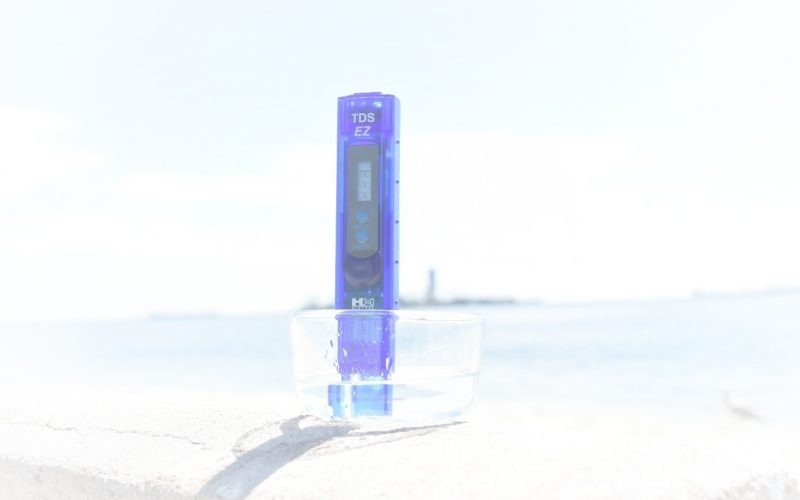The natural water we get is quite hazardous and pervaded with several chemicals, contaminants, and impurities. Water is solvent, hence it attracts impurities quickly. In other words, casually drinking a glass of water can be detrimental to one’s health if not thoroughly purified.
So with things being this way, it is necessary to properly undergo a filtration process to dissolve the contaminants. The contaminant present after the filtration process is called Total Dissolved Solids (TDS). They represent the concentration of dissolved solids in drinking water.
TDS
It comprises inorganic salts and a little amount of organic matter dissolved in water. The inorganic salts are mainly calcium, potassium, nitrates, sodium, magnesium, chlorides, bicarbonate, and sulfates.
TDS originates from natural and industrial sources [sewages, river piping, wastewater, leaves, urban runoff, and residues used in the water filtration process]. Some could also come from salt deposits, seawater, stormwater, mineral springs to mention a few.
A little more…
Chemically, the Total Dissolved Solids is the concentration of all the positively charged ions and anions and negatively charged ions in the water.
The TDS level shows how much the dissolved solids are in the water. And also, a high level of TDS could affect the taste of the water; it makes it bitter and salty.
Measuring TDS In Water
It is usually a great resort to checking out the quality of water you receive. You need to measure the quantity of TDS for the following purposes:
- Water with TDS is usually safer to drink. It reduces the health hazards associated with high mineral contents. However, some substances are usually harmful, such as lead or copper, which could be present in higher levels of TDS.
- Your food might not taste good with high TDS. The solids can alter the taste of your food.
- High TDS leaves a mark on your clothes; the colors could completely fade out. Also, your utensils could have spots on them. And as well, a buildup is constant in your sinks and tubs.
- Drinking water with a high TDS could leave your face ruffled. Bitter, salty, and brackish. It usually depends on the dissolved solids in the water.
- Total Dissolved Solids can change the mineral contents in water. On the other hand, mineral contents are necessary for aquatic animals to survive, hence disrupting the need for higher levels of TDS in water.
- It could as well dehydrate their skins. Aquatic animals need a good amount of salt.
- Apart from that, the temperature of the water could be at risk with TDS, which may not guarantee the survival of aquatic animals.
On the quantity of TDS needed in water
The Environmental Protection Agency in the US has recommended a permissible amount of TDS needed in the water. At best, 500 milligrams per liter is recommended. Less than 50 milligrams per liter is not acceptable at all, as it lacks essential minerals. As well, above 2000 is too much; health risks are liable.
It could be measured with a TDS meter.




